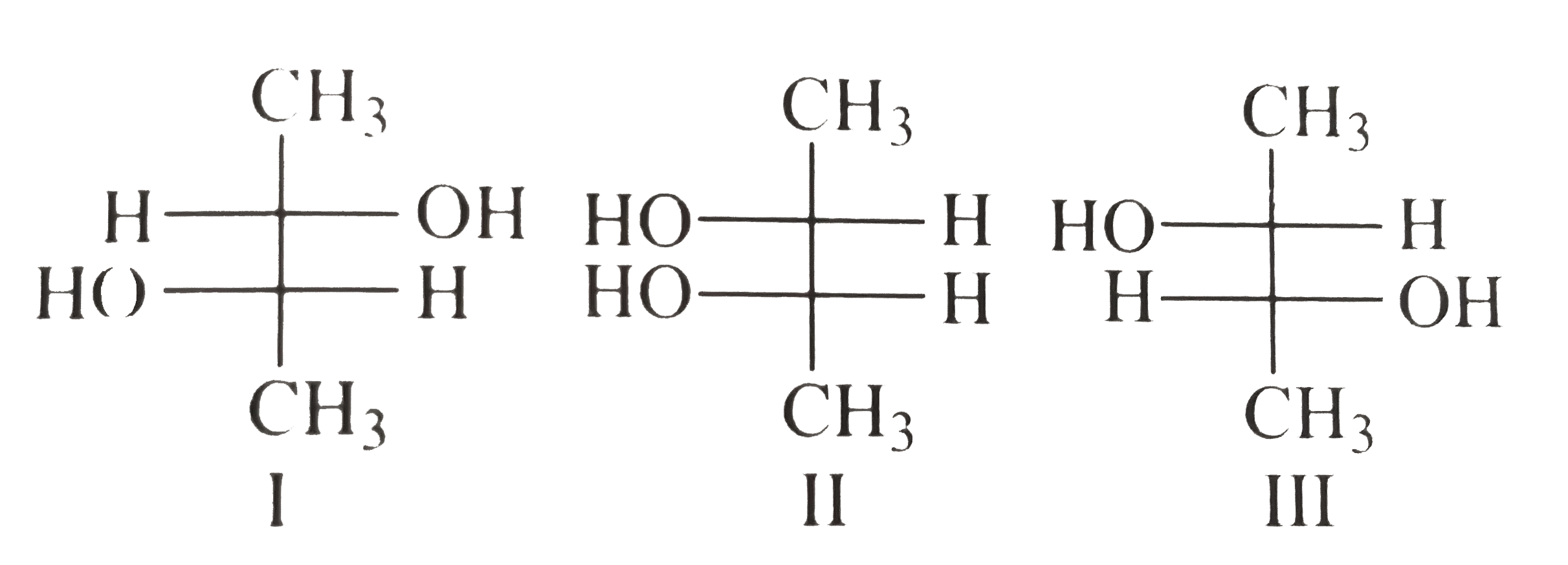Identify the examples of homologous structures from the following-
(i) Vertebrate hearts
(ii) Thorns in Bougainvillea and tendrils of Cucurbita.
(iii) Food storage-organs in sweet potato and potato.
To identify the examples of homologous structures from the given options, we will analyze each option based on the definition of homologous structures.
1. Understanding Homologous Structures:
Homologous structures are anatomical features in different species that share a common ancestry, even if they may serve different functions. They arise from a common developmental plan and indicate divergent evolution.
2. Analyzing Option (i): Vertebrate Hearts:
- Vertebrate hearts, despite differences in the number of chambers (two, three, or four), share a similar basic structure and developmental origin.
- Since they arise from a common ancestor and have a similar anatomical plan, they are considered homologous structures.
3. Analyzing Option (ii): Thorns in Bougainvillea and Tendrils of Cucurbita:
- Thorns and tendrils both arise from axillary buds of the stem.
- Although they serve different functions (defense vs. climbing), their common origin indicates that they are homologous structures.
4. Analyzing Option (iii): Food Storage Organs in Sweet Potato and Potato:
- Sweet potato is a modified root, while potato is a modified stem.
- Although both serve the function of food storage, they do not share a common ancestral origin. Therefore, they are considered analogous structures, not homologous.
Conclusion:
Based on the analysis:
- Homologous Structures:
- (i) Vertebrate hearts
- (ii) Thorns in Bougainvillea and tendrils of Cucurbita
- Not Homologous:
- (iii) Food storage organs in sweet potato and potato
Thus, the examples of homologous structures from the options provided are (i) and (ii).
---
Homologous structures are anatomical features in different species that share a common ancestry, even if they may serve different functions. They arise from a common developmental plan and indicate divergent evolution.
- Vertebrate hearts, despite differences in the number of chambers (two, three, or four), share a similar basic structure and developmental origin.
- Since they arise from a common ancestor and have a similar anatomical plan, they are considered homologous structures.
- Thorns and tendrils both arise from axillary buds of the stem.
- Although they serve different functions (defense vs. climbing), their common origin indicates that they are homologous structures.
- Sweet potato is a modified root, while potato is a modified stem.
- Although both serve the function of food storage, they do not share a common ancestral origin. Therefore, they are considered analogous structures, not homologous.
Based on the analysis:
- Homologous Structures:
- (i) Vertebrate hearts
- (ii) Thorns in Bougainvillea and tendrils of Cucurbita
- Not Homologous:
- (iii) Food storage organs in sweet potato and potato
Topper's Solved these Questions
- GENETICS AND EVOLUTION BOOK - TRUEMEN BIOLOGY ENGLISHCHAPTER - GENETICS AND EVOLUTION EXERCISE - SECTION-B
38 Videos
- GENETICS AND EVOLUTION BOOK - TRUEMEN BIOLOGY ENGLISHCHAPTER - GENETICS AND EVOLUTION EXERCISE - SECTION-C
45 Videos
- GeneticsBOOK - TRUEMEN BIOLOGY ENGLISHCHAPTER - GeneticsEXERCISE - ASSERTION AND REASON
122 Videos
- HUMAN HEALTH AND DISEASEBOOK - TRUEMEN BIOLOGY ENGLISHCHAPTER - HUMAN HEALTH AND DISEASEEXERCISE - MULTIPLE CHOICE QUESTIONS
209 Videos
Similar Questions
(a)Different between analogous and hmologos structures
(b) Select and write analogous structures from the lost given below :
(i)wings of butterfly and birds
(ii) vertebrate hearts
(iii) Tendrils of bougain villea and cucurbita
(iv) Tubers of sweet potota and potato.
View SolutionHow many of the following are examples of homologus structures in plant :
(a) Eyes of octapus and mammal
(b) Potato and sweet potato
(c) Forelimbs of whale, bat cheetah and human
(d) Vertebrate heart
(e) Thorn of bougainvillea and tendril of cucurbita
(f) Potato and corrot
(g) Potato and radish
View Solution
Knowledge Check
Identify the aquatic mammal(s) from the following
(i) Balaenoptera
(ii) Equus
(iii) Delphinus
(iv) Pteropus
(v) FelisAa) (i) and (iii)Bb) (ii) and (iv)Cc) (v) onlyDd) (iv) and (v)
Identify the following pairs of Homologous or Analogous organs:
i) Sweet potato and potato
ii) Eye of octopus and eye of mammals
iii) Thorns of Bougainvillea and tendrils of Cucurbits.
iv) Fore limbs of Bat and Whale.
View SolutionIdentify the terrestrial mammals from the following .
(i) Balaenoptera (ii) Elephas
(iii) Delphinus (iv) Panthera
(v) macropus
View SolutionChoose the pairs of organs that are a result of convergent evolution
i. Wings of butterflies and wings of birds.
ii. Flippers of penguins and flippers of dolphins
iii. Eyes of octopus and eyes of mammals.
iv. Thorns of Bougainvillea and tendrils of Cucurbita.
v. Sweet potato and potato.
vi. Vertebrate hearts and vertebrate brains
View SolutionIdentify the examples of convergent evolution from the following :
(i) Flippers of penguins and dolphins
(ii) Eyes of octopus and mammals
(iii) Vertebrate brains
View SolutionIdentify the examples of convergent evolution from the following :
(i) Flippers of penguins and dolphins
(ii) Eyes of octopus and mammals
(iii) Vertebrate brains
View SolutionIdentify the pairs of enantiomers and diastereomers from the following:

View SolutionIdentify the aquatic mammal(s) from the following
(i) Balaenoptera
(ii) Equus
(iii) Delphinus
(iv) Pteropus
(v) Felis
View Solution
